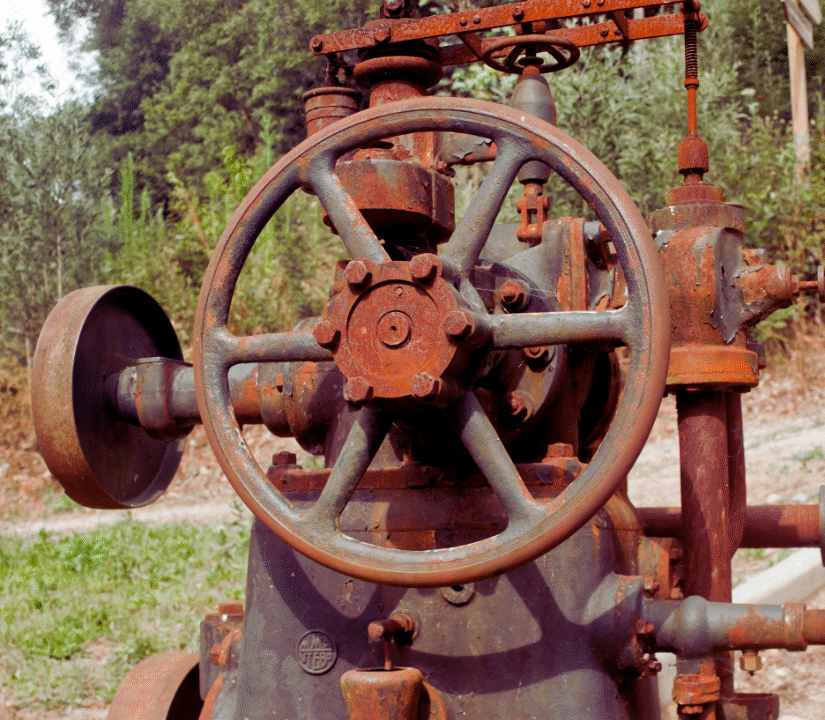
Preliminary Decision – Recertification of the Tallassee Shoals Project, LIHI #12, GA
April 23, 2025Second Public Comment Period – Wells Dam Project, Washington
May 21, 2025One Student’s Promising Path to Environmental Advocacy

Jimmy Fanuele, a freshman studying environmental engineering and health science at Northeastern University in Boston, MA, discovered sustainable technologies and renewable resources by serendipity.
Taking the First Step
Growing up in a small town just outside of New York, Jimmy attended Pawling High School. In his sophomore year, he enrolled in an advanced placement capstone class. Science Research and AP Biology teacher Ms. Gillian Rinaldo charged the class with completing an in-depth two-year research project. Jimmy was well into his project when he began to regret his selected research subject.
“The original project was about salivary biomarkers. I proposed creating a 3D-printed device to aid testing and assist people diagnosed with Alzheimer’s or dementia,” Jimmy explains. “It’s a super interesting project, but it didn’t fit well with what I saw myself doing long-term.”
He was reluctant to start over, but Ms. Rinaldo assured him that the experience would be much more rewarding with a subject he was more interested in researching. Jimmy went back to the drawing board.
Through research and conversations with Ms. Rinaldo, Jimmy learned about renewable resources. He immediately saw the connection between his new topic and his major, realizing he could narrow his focus on technology.
An Introduction to Research
Even though Jimmy knew what he wanted to do, he knew nothing about hydropower and hydrokinetics. So he sought out mentors to learn more — Low Impact Hydropower Institute’s Program Manager, Maryalice Fischer, Cornell University’s hydroelectric Plant Manager, Frank Perry, and Cadens, LLC, Co-Founder, Randall Mueller
“I decided to research 3D-printed turbines and tested them for cost efficiency, design, sustainability, and biodegradability. I wanted to provide a more beneficial alternative. Most people assume sustainable technology and energy is the better option, but my project looked at best practices and alternatives that may be more sustainable.” Over time, he gained an extensive understanding of material usage, 3D printing and development, fish passage, and safe blade designs.
Jimmy completed an extensive literature review and used the insights to create a predictive model, wherein he found that 3D-printed turbines comprised of biodegradable PLA filament were durable. While the projected lifespan is half that of the average traditional metal turbine, Jimmy’s proposed solution was not susceptible to cavitation, lending to the material’s biodegradable component and making it prime for repurposing at the end of its turbine life. The alternative PLA filament turbines were also much easier to replicate at a more affordable cost than standard turbines. Jimmy acknowledged that the transition to these turbines will require more investment in implementation and repurposing. Still, he says the added benefits of decreased material costs and sustainability are worth it.
Recognizing that engineers are historically trained to consider the least-cost objective, Jimmy hopes that his research, specifically his findings and inclusion of ethical and environmental questions, will improve ethics in engineering practices and be a resource for companies that desire to make a positive impact.
Hard Work Pays Off
Jimmy had his share of challenges, the most pressing being identifying the problem and solution. With the help of Frank Perry and his dad, he developed a flow tank in his driveway to test the 3D-printed turbine models he created.
“Doing something important, which has never been done, was the hardest part. I struggled with testing, the printing process, and developing the research; I didn’t know how to prove that my proposed alternative was the best option.”
Maryalice says that she enjoyed watching Jimmy navigate the process. For her, it embodied the essence of research. “Many people have great ideas but can’t make them happen in the real world. He was bringing an idea into a three-dimensional environment and making it a reality. He came up with the idea of a flow tank and physically tested his turbine models, then collected and analyzed data to compare and identify a solution.”
Jimmy is grateful for the experience, crediting his teacher and mentors with helping him grow personally and professionally, expanding his mindset and understanding of the importance of hydropower and renewable energy, from Frank Perry, who challenged Jimmy to think about the problem from a different perspective and opportunities to repurpose it into a solution, to Randall Muller and Maryalice, who provided technical and environmental input.
“They’re all in different fields and have different perspectives, so I was able to incorporate various parameters into my work.”
Maryalice appreciated Jimmy’s dedication to his craft and found his youthful idealism refreshing. “It was my distinct pleasure to work with Jimmy over the last couple of years on the project and to see how well he did and how he grew as a technical researcher.”
Jimmy received a five on his research paper, the AP Capstone diploma, and the Farrell Troutfetter Scholarship. His research earned him third place in Engineering and Technology at the Eastern Regional NY Junior Science and Humanities Symposium competition. In addition, he garnered numerous awards at the Science and Engineering Fair, including the Environmental Protection Agency’s (EPA) Recognition Award and the Cary Institute of Ecosystem Studies Ecological Research Award.
Setting New Goals
Attending one of the few schools that offers environmental engineering as a major and boasts numerous resources, Northeastern has proven to be the ideal match for Jimmy. The University takes a hands-on approach to learning, requiring students to complete two internships before graduation. Jimmy looks forward to his upcoming co-op with a Boston engineering company to gain hands-on training and expand his coursework.
He plans to pursue a career in law and environmental public policy, allowing him to leverage his interests in engineering and in serving the community. “It’s not just humans; the environment has rights that must be considered.”
In the meantime, Jimmy is excited to sharpen his research skills and is considering a new project in the near future.
“Through my research project, I received many priceless experiences with mentors and professionals in the field. I’m proud of all that I accomplished and am excited to continue researching in the future,” he says.
Lessons Learned: Lead with Action
Jimmy advises other students interested in sustainability and hydropower to start with the research process. After decades of operations, he believes hydropower still offers an abundant opportunity to modernize. “If you’re passionate and care about hydropower, you can make a difference because it is constantly evolving.”




